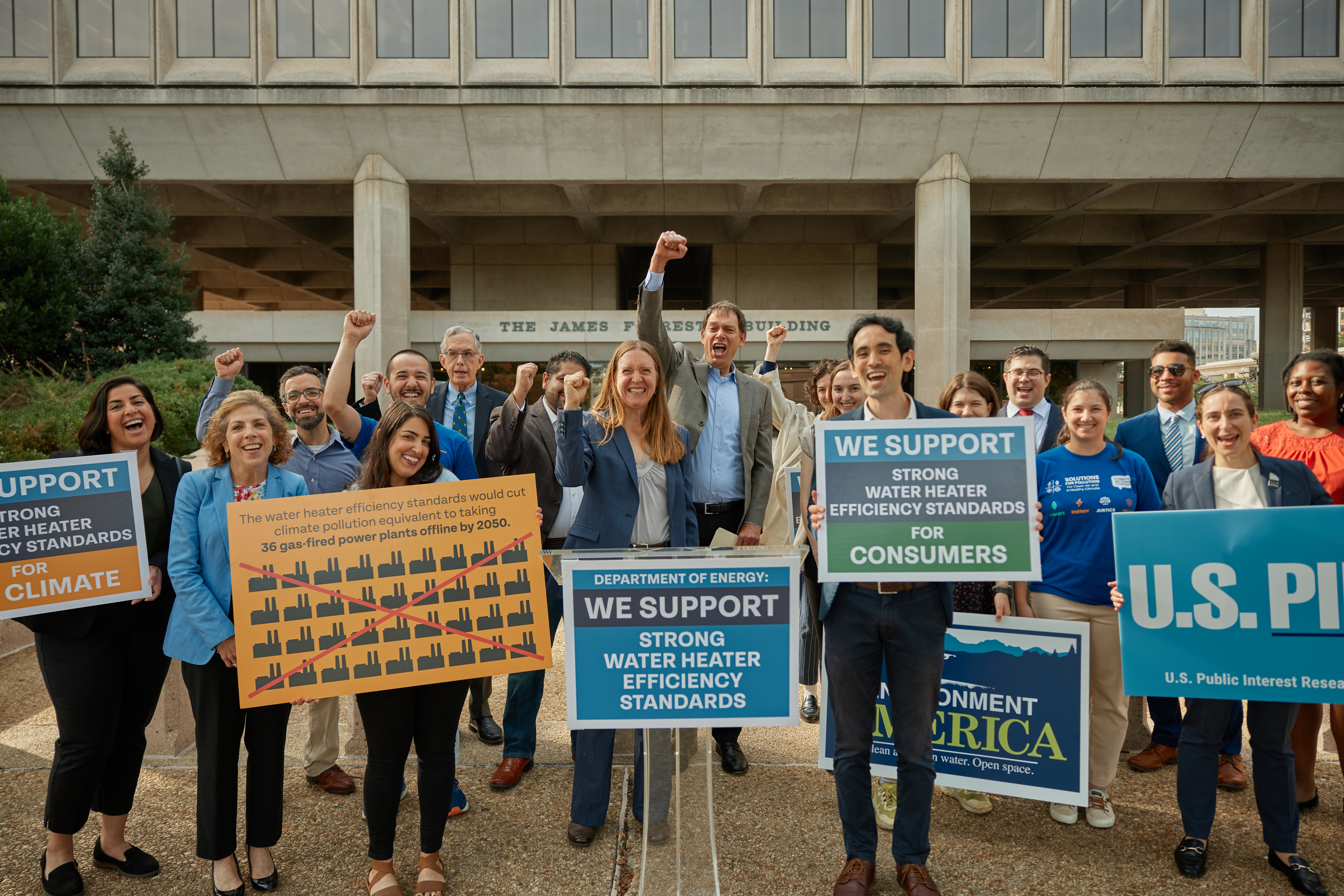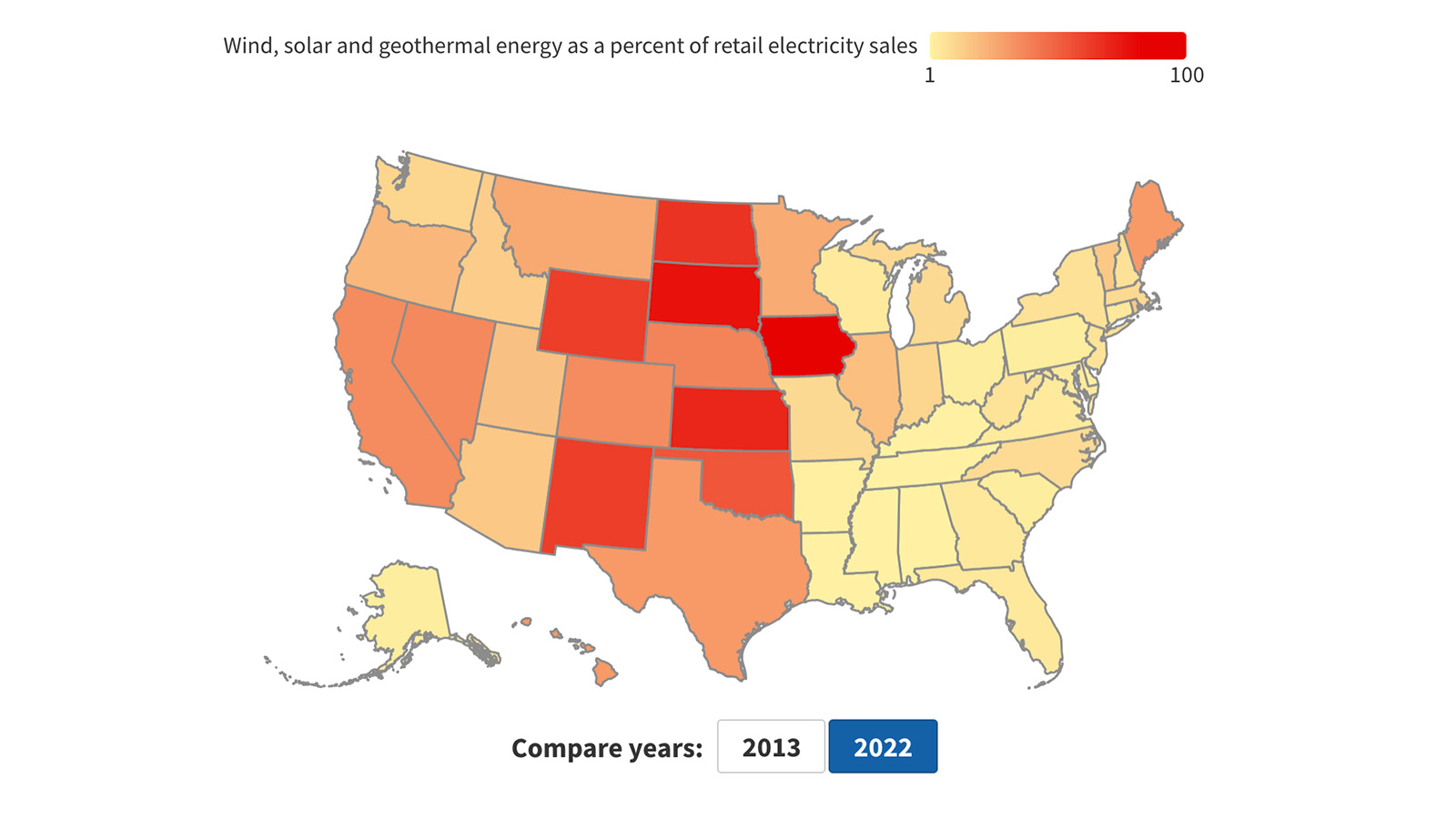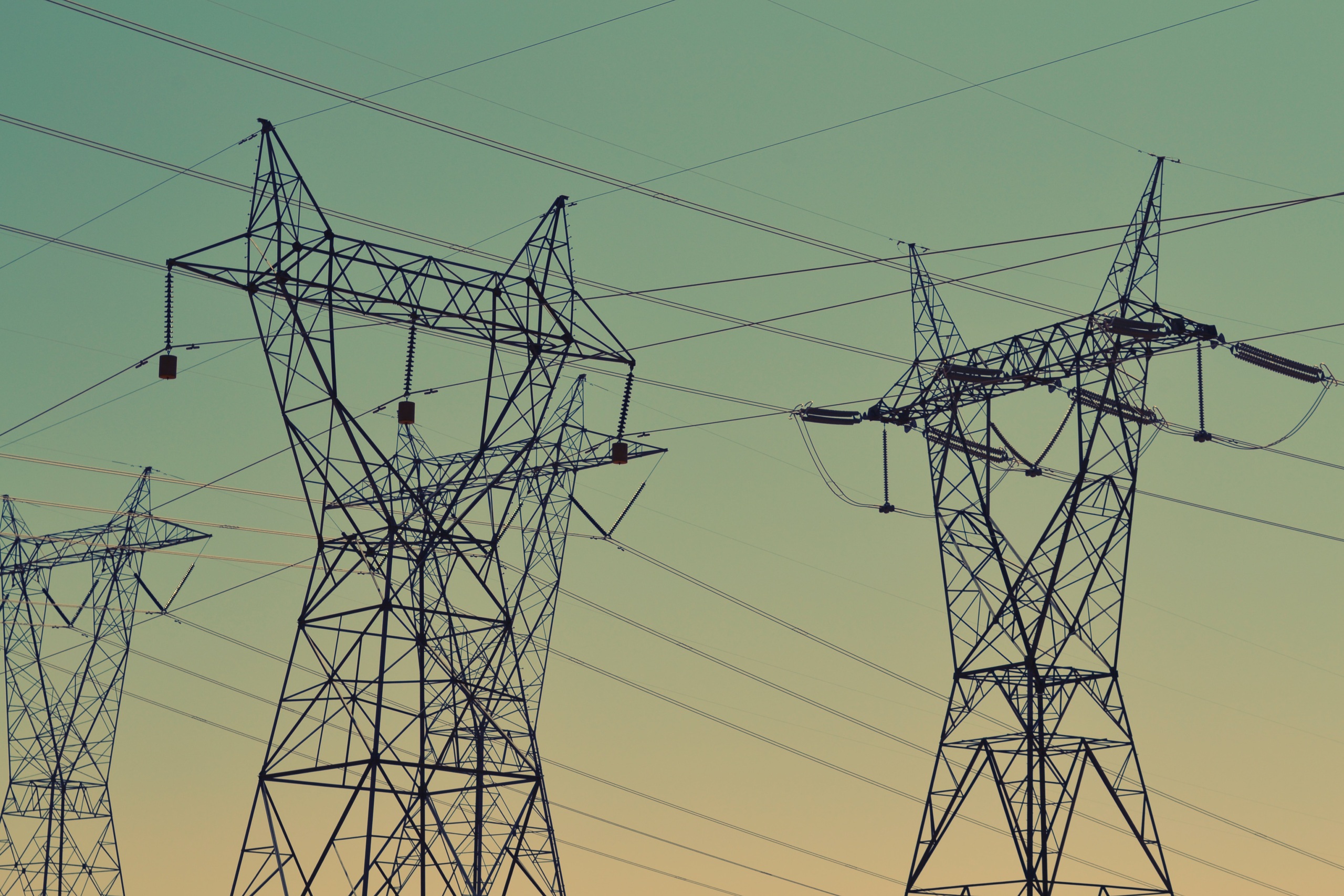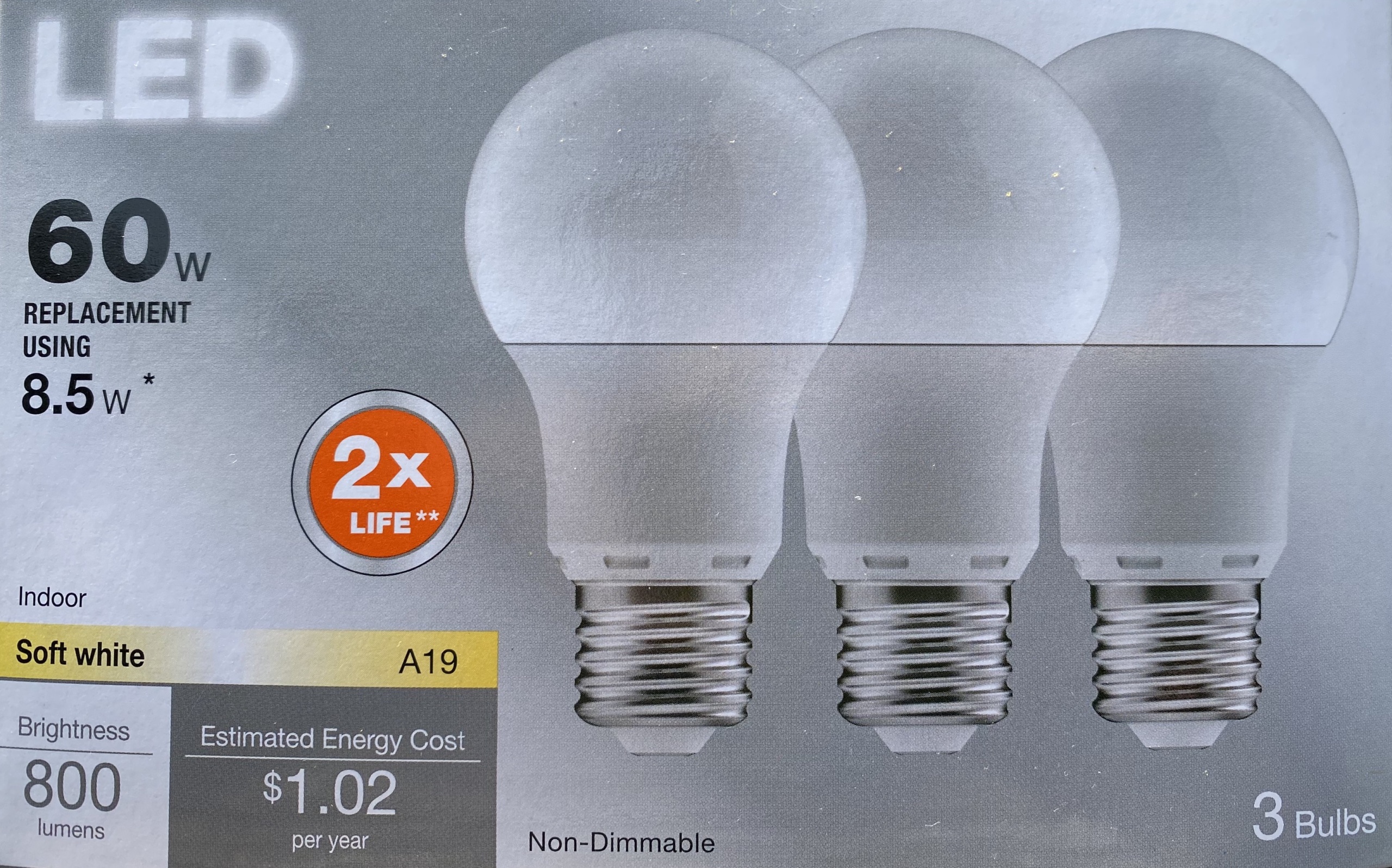
Building Better: How High-Efficiency Buildings Will Save Money and Reduce Global Warming
Over 40 percent of our energy – and 10 percent of all the energy used in the world – goes toward powering America’s buildings, but it doesn’t have to be this way. Today’s high-efficiency homes and buildings prove that we have the technology and skills to drastically improve the efficiency of our buildings while simultaneously improving their comfort and affordability. If we apply those lessons to all buildings, we can reduce overall building energy consumption 35 percent by 2030 and 50 percent by 2050.
Environment California Research & Policy Center
Executive Summary
America is the largest consumer of energy in the world, and the majority of this energy comes from dirty and dangerous sources like coal, oil, natural gas, and nuclear power. Our continued reliance on these fuels contributes to global warming, undermines our energy independence, and costs American families and businesses more and more money every year.
We can save money and help solve global warming by reducing the amount of energy we use, and the best place to start is in the buildings we live and work in every day. Over 40 percent of our energy – and 10 percent of all the energy used in the world – goes toward powering America’s buildings, but it doesn’t have to be this way. Today’s high-efficiency homes and buildings prove that we have the technology and skills to drastically improve the efficiency of our buildings while simultaneously improving their comfort and affordability. If we apply those lessons to all buildings, we can reduce overall building energy consumption 35 percent by 2030 and 50 percent by 2050.
A recent study by the National Academy of Sciences confirmed that these goals are well within our reach. We can achieve them by implementing an aggressive two-part strategy that sets bold efficiency standards for new buildings and encourages retrofits to improve the efficiency of the buildings we already have.
Because building operations are responsible for such a huge proportion of our energy use, making buildings more efficient is a great way to work on a number of energy-related problems at once. This report analyzes the effects of meeting those efficiency goals and provides state-by-state data on the economic and environmental benefits as compared to a business as usual scenario.
Investing in building efficiency go a long way toward reducing our energy use, yielding the following benefits:
- A 15 to 20 percent reduction in fossil fuel use in our buildings by 2020, with that reduction increasing to 40 to 60 percent by 2050. We can also cut our overall natural gas consumption from all sectors by almost 10 percent.
- Reducing building energy use over 20 percent by 2020, saving enough energy every year to provide power to almost 100 million homes.
- By 2050, saving almost 5 quadrillion BTUs of energy every year, which is enough power to meet the total residential and commercial energy needs of 12 U.S. states.
Thanks to this reduction in energy use, Americans will reap great financial benefits as a result of lowered energy expenditures:
- Reducing energy bills by over 20 percent by 2020, saving $150 to $200 per person every year.
- By 2050, saving American families over $80 billion a year in residential energy spending alone, which means average annual savings of over $800 per family compared to what they pay today.
Minimizing building energy consumption will also reduce our global warming emissions. For example:
- Cutting our projected global warming pollution from buildings almost 20 percent by 2020.
- By 2050, preventing the emission of 1.8 billion tons of carbon dioxide every year, more than Germany’s total annual emissions.
- Bringing America’s total building-related emissions 25 percent below our current levels by 2050.
Achieving these benefits will require strong policies that promote energy efficiency in buildings:
- Building codes should be steadily strengthened so they are 30 percent more efficient in 2012 and 50 percent more efficient in 2018, with the goal of a zero net energy standard by 2030. The federal government should provide states with resources to implement and enforce codes.
- Governments at all levels should expand programs that invest in energy retrofits and weatherization with the aim of reaching a 30 percent improvement in the efficiency of existing buildings by 2030.
Topics
Find Out More


Renewables On The Rise Dashboard

Fact file: Computing is using more energy than ever.


